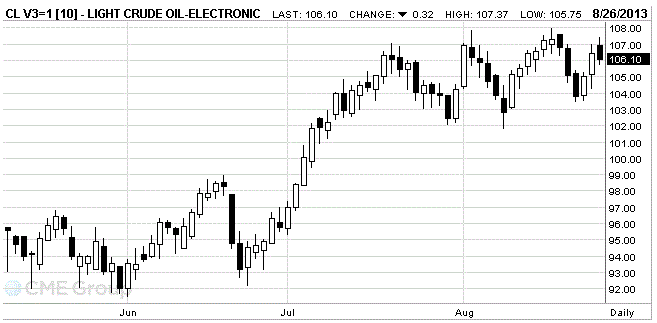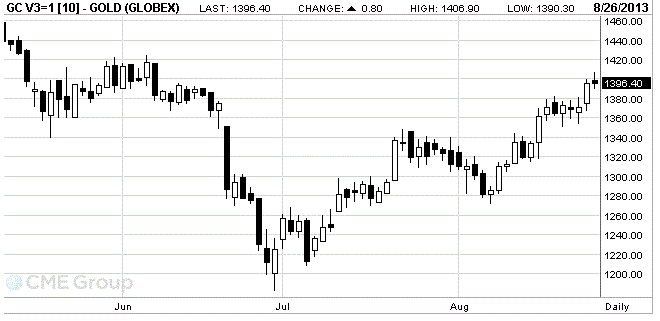Notícias do Mercado
-
16:42
Oil: an overview of the market situation
The cost of oil futures fell slightly, the first decline recorded over the past three days, as the data in the U.S. were much worse than expected by many experts.
It is learned that orders for durable goods in the U.S. fell more than forecast in July, after three months of growth, indicating a slow strengthening of production. Orders for durable goods, their life span at least three years, fell by 7.3 percent, the most since August 2012, after a 3.9% rise in June. Economists drop should not exceed 3%. Orders fell sharply on the aircraft and capital goods such as computers and electronic equipment.
Today's figures showed a decrease in orders for commercial aircraft by 52.3% after rising 33.8% in June. Chicago-based company Boeing (BA) said it received 90 aircraft orders in July, compared with 287 the previous month. Demand for non-military capital goods excluding aircraft, a leading indicator for future business investment in computers, electronics and other equipment fell by 3.3% in July after rising 1.3% the previous month.
We also add that the conflict in Syria and the unrest in Egypt raised concern that tensions could spread to big oil exporters in the Middle East, which together account for 34 percent of the world's supply of oil. In addition, it was reported that Libya has resumed exports from the port of Brega, one of the four ports, which had been closed since the end of July against the protests.
The cost of the October futures on U.S. light crude oil WTI (Light Sweet Crude Oil) fell to $106.10 per barrel on the New York Mercantile Exchange.
October futures price for North Sea Brent crude oil mixture fell to $ 110.78 a barrel on the London exchange ICE Futures Europe.

-
16:20
Gold: an overview of the market situation
The value of gold has not changed, remaining near its 11-week high just below $ 1,400, because of the uncertainty about the prospects for monetary policy in the United States.
Note that Friday's weak U.S. data, and news about the biggest influx of gold in the world's largest exchange-traded fund contributed to a sharp rise in prices to $ 1,406.01, the highest level since June 7. However, market participants were not able to keep the price of gold in and around these levels, against which they had fallen below $ 1,400.
Meanwhile, it was reported that hedge funds and other speculators expect a rise in gold prices, as there are signs of an economic slowdown in the United States. As of August 20, the number of net long positions increased by 29 percent to 73,216 futures and options - data showed US Commodity Futures Trading Commission. Short contracts reduced the second week in a row, reaching the lowest level since Feb. 12. Net bullish stance on U.S. 18 traded goods grew by 34 percent, the maximum increase since July 2010.
Gold rose 18 percent compared with a 34-month low in June. Asian jewelry demand rose as prices fell. Sales of new U.S. homes fell more than 13 percent in July, while consumer confidence fell for the week ending August 18, amid growing speculation over whether the Fed will reduce the incentive program, which is weakening the dollar.
We note that the stocks in the SPDR Gold Trust rose by 6.61 tonnes to 920.13 tonnes on Friday, showing the most significant one-day inflow since October 8.
The cost of the October gold futures on COMEX today rose to $ 1396.40 per ounce.

-